|
|
|
|
|
|
|
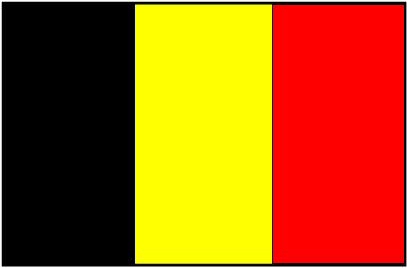 Belgium
|
Canon de 7c5 M 1905 TR et TRA |
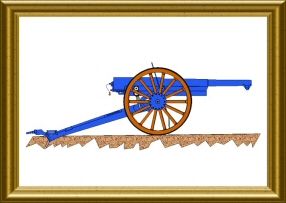 Light artillery
|
|
|
Contributor :
Rodolphe Bric
Roger Lothaire
|
Location :
France
Tréport (76)
Atlantic wall
Coordinates :
Lat : 50.05940 / Long : 1.36750
|
General comments on this surviving gun :
Identical items in the same location :
1
Items covered by this file :
1
|
|
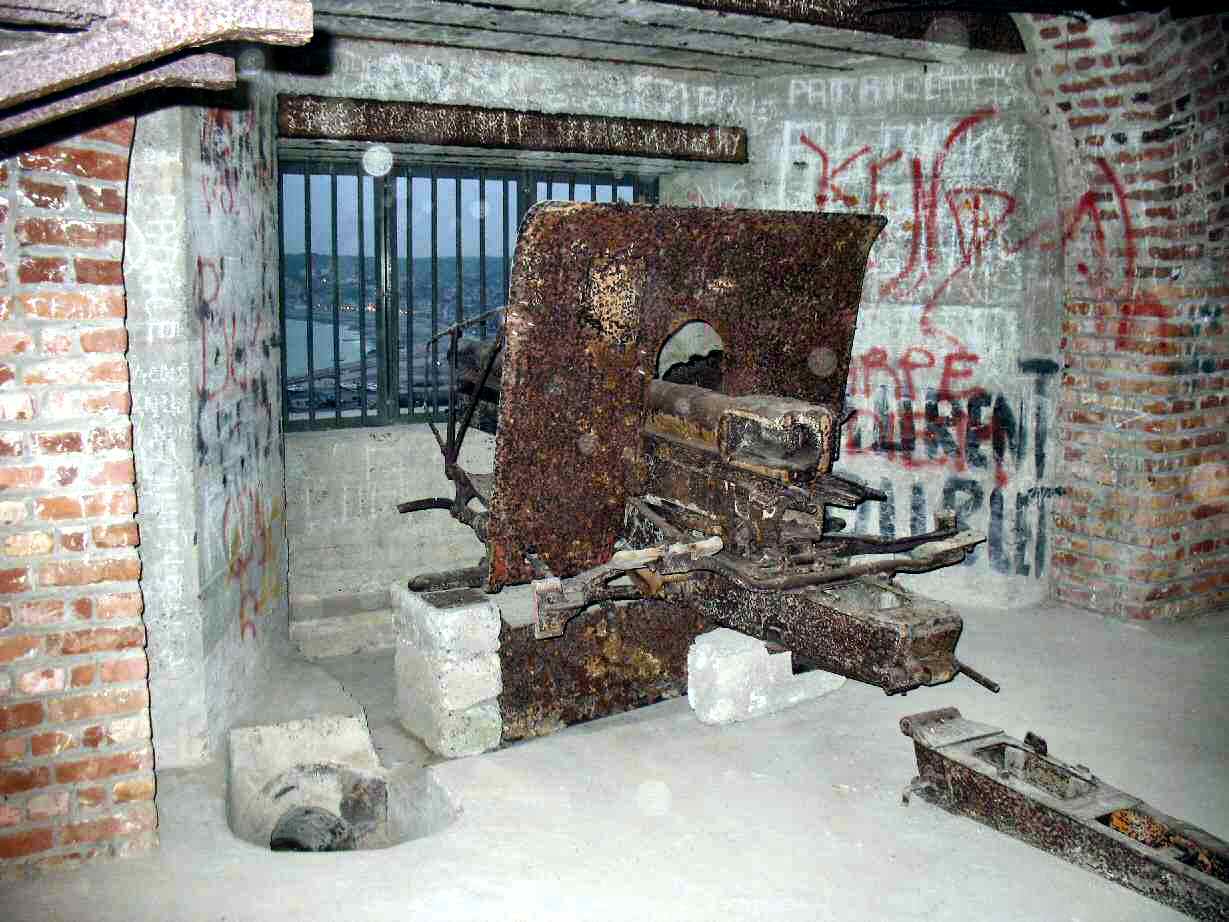
|
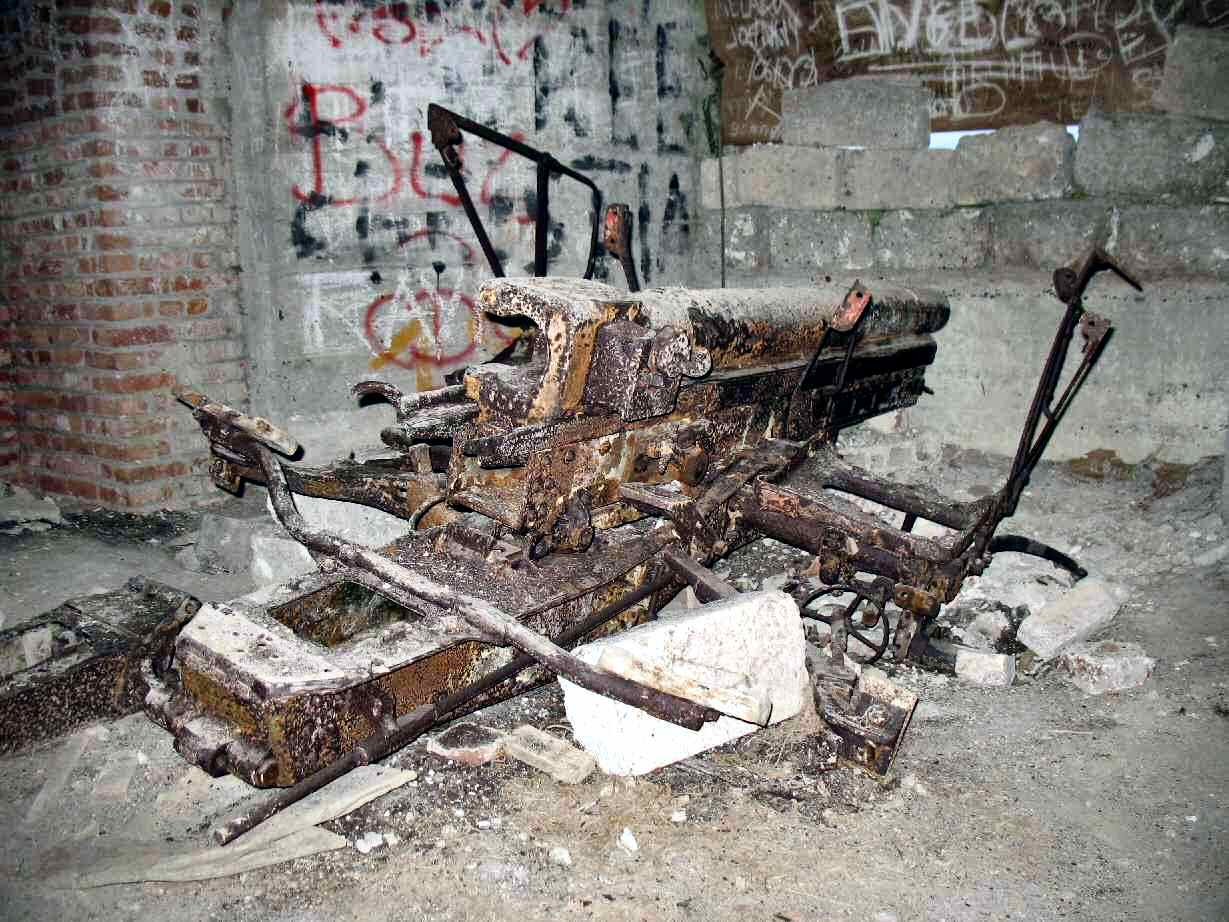
|
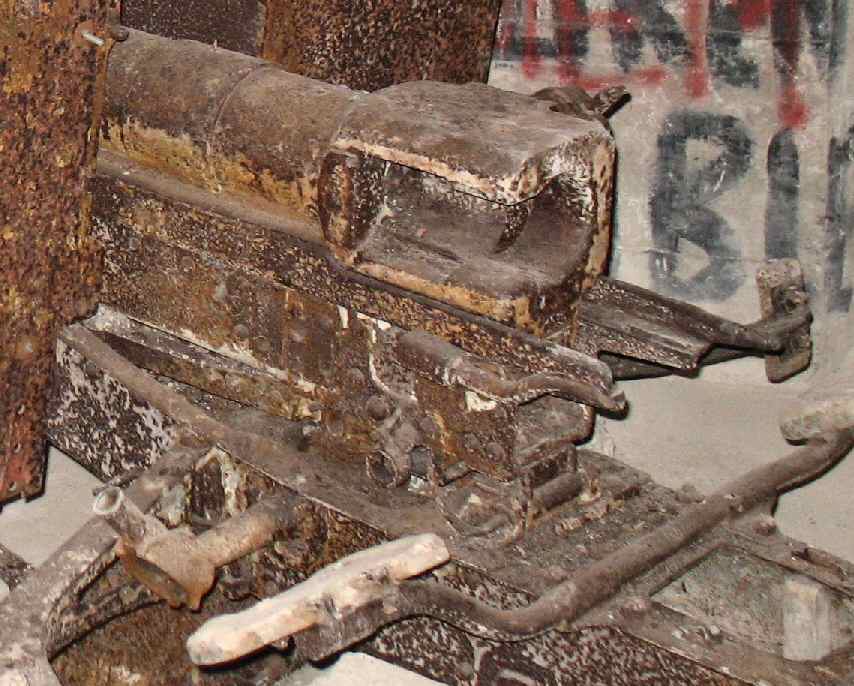
|
This Belgian gun was captured by Germans in 1940 and used for France coasts defense (re-christened 7,5 cm FK 235 (b))
|
It is located in a WW2 military base (underground tunnels more than 400 m long dug in the cliffs by the Germans), located in Tréport in Normandy
|
Breech zoom. This gun condition was very poor when the pictures were taken. Some restauration work has been done since.
|
|
|
Historic and technical information
|
|
Denomination :
7c5 M 1905 TR et TRA
|
Origin :
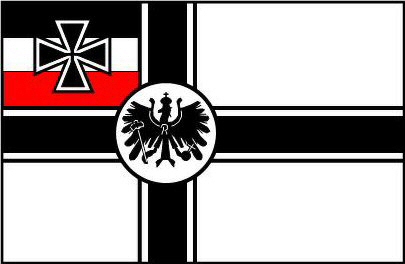 (
Krupp)
(
Krupp)
 (
Cockerill )
(
Cockerill )
|
|
Historic context :
During the year following the constitution of the first battery equipped with the new 7c5 M1898 Cockerill-Nordenfelt fieldguns chosen by the Belgian army in 1900 after 3 years of studies, many clever officers communicated their fear seeing Belgium willing to deploy obsolete accelerated fire guns when most other countries had selcted the modern quick firing guns.
Therefore in 1902, a new commission was created in order to rethink the choice and select the quick firing fieldgun that would finally replace the old weapons. At the end of the first comparative study of several weapons, the commission disregarded the ones propoed by Cockerill-Nordenfelt (France / Belgium), Ehrardt (Germany) and Skoda (Austria), and decided in 1904 to create two test batteries equipped with the guns proposed by the German Krupp for one of them, and with the ones proposed by the French Saint Chamond for the other. These guns had been found with very close ballistic and firepower performances during the first selection trials.
The usage experience of these guns in the batteries finally provoked the choice of the Krupp gun, that proved more robust during transportation. This weapon, named canon de 75 TR M1905 ('TR' = Tir Rapide - Quick Firing) after its adoption, was a gun directly inspired from the German 7.7cm FK 96 n/A standard fieldgun and proposed in the Krupp catalog for exportation, adapted to the caliber 75 mm of the Belgian army. It was equipped with a hydro-mechanic recoil recuperating system, a horizontal sliding wedge breech and a servants shield.
Although the very first Les touts premiers C 75 TR M05 TR were made in Germany, this gun was manufactured under license by the Cockerill works in with barrels produced in Liège but casted in England.
This gun was the standard gun of the Belgian field artillery in August 1914. At the start of the war, it is indeed with modern German designed fieldguns that the Belgian Army fired on German Kaiser's troops invading its country ! The early months losses did not prevent the Belgian army to keep this gun in dotation during the whole war period, thanks to the work of specialised plants located in the north of France, that kept on producing new guns made of new components or parts taken from captured German 7.7 FK96 n/A fieldguns. Additional fieldguns were received from France and its industries to constitute the needed fieldguns quantities.
This fieldgun was still the standard Belgian one in 1940, after some modifications added between WW1 and WW2, including an articulated trail allowing to increase the barrel elevation angle (Canon de 75 M 1905 TRA) - 'TRA' as 'Tir Rapide - Articulé' / Quick Firing - articulated). The Whermacht used many of these seized guns in the Atlantic Wall positions
|
Technical data :
- Complete description : 7.5 cm Krupp-Cockerill quick fire (and articulated quick fire) Gun M 1905
- Design year : 1905
- Calibre : 75.00 mm
- Weight in firing position : 1058 kg
- Weight for transportation :
- Tube length in calibres : 23.20 (rifled part) - 30 calibres total length
- Grooves : 28 constant angle
- Projectile weight : 6.5 kg
- Initial speed : 500 m/s
- Fire rate : 10 to 12 rounds / min
- Range : 8000 m
- Elevation range : -7 to +15 degrees
- Direction range : 6 degrees total range
|
Sources
|
-
L'Artillerie Légère de Campagne Belge de 1900 à 1940 - Tome I Colonel Roger Lothaire Editions du Patrimoine Militaire 2011
-
L'Artillerie Légère de Campagne Belge de 1900 à 1940 - Tome II Colonel Roger Lothaire Editions du Patrimoine Militaire 2012
-
Wikipedia http://fr.wikipedia.org/
|
|




